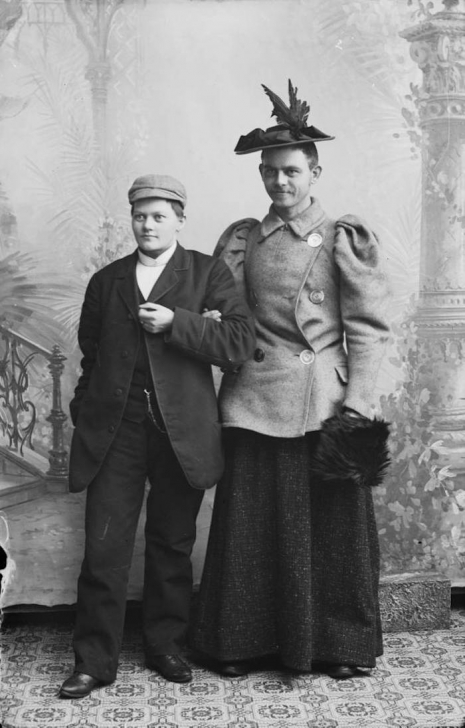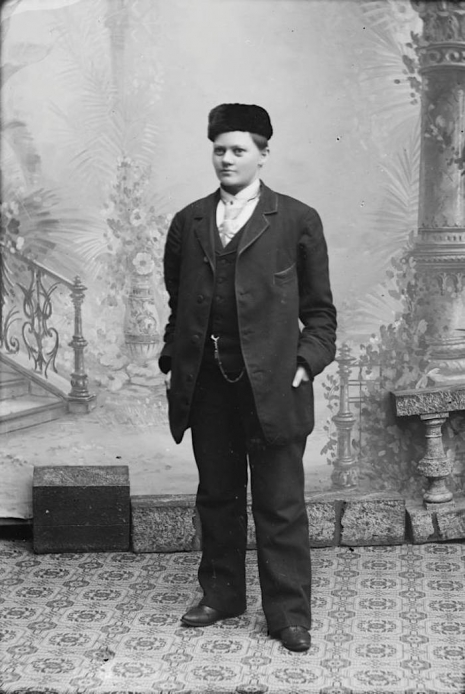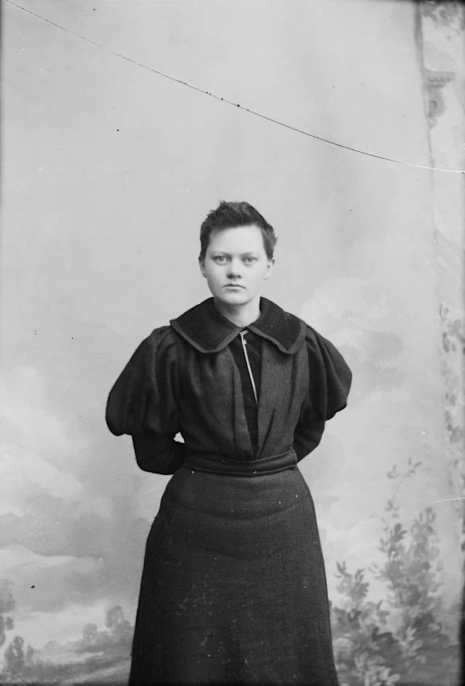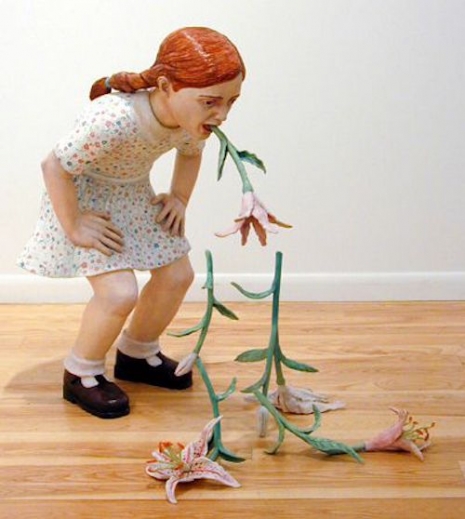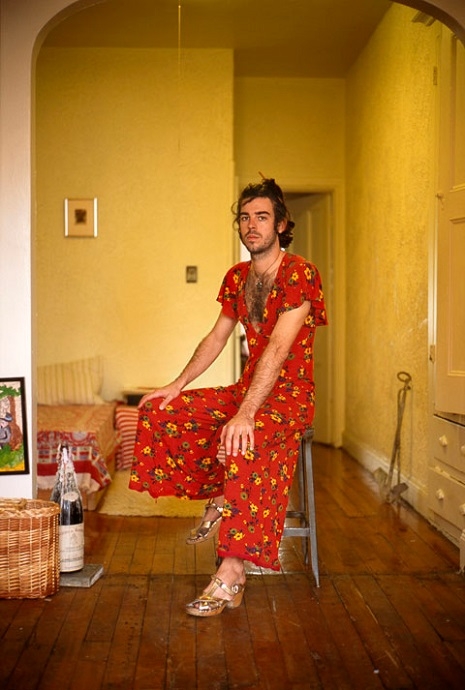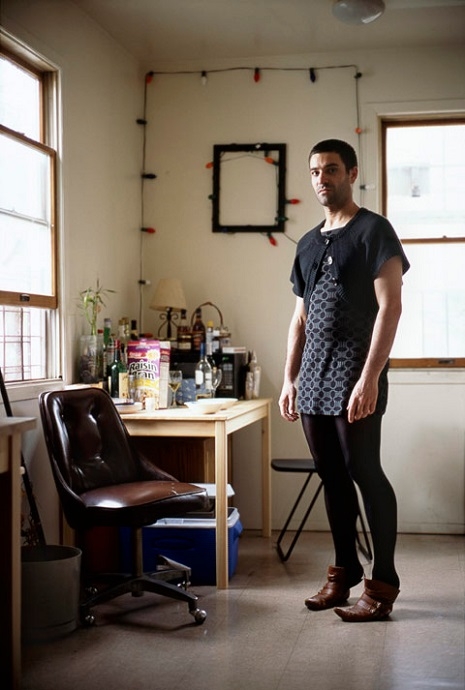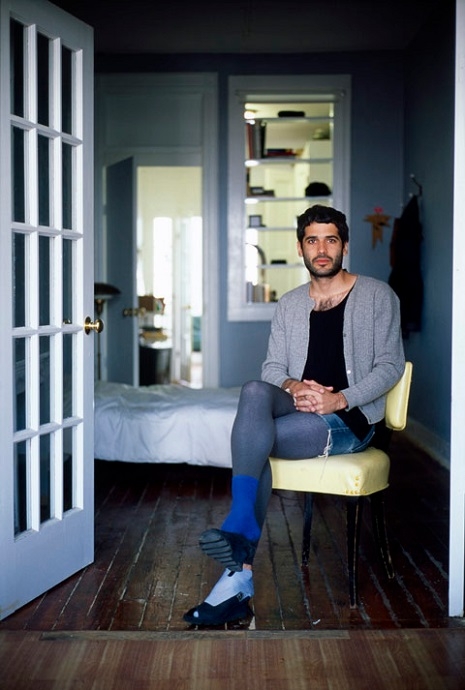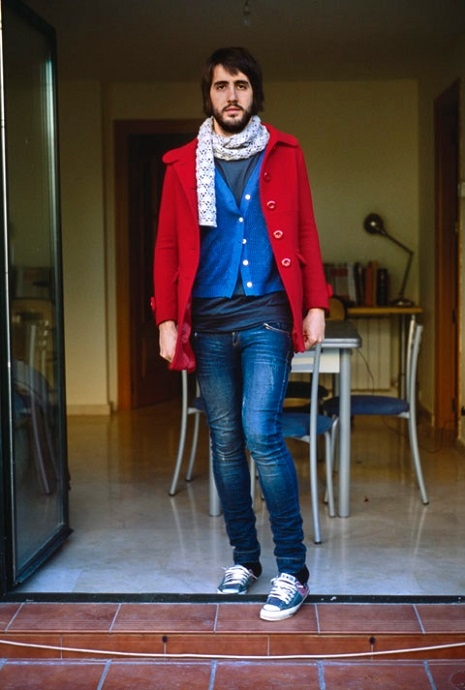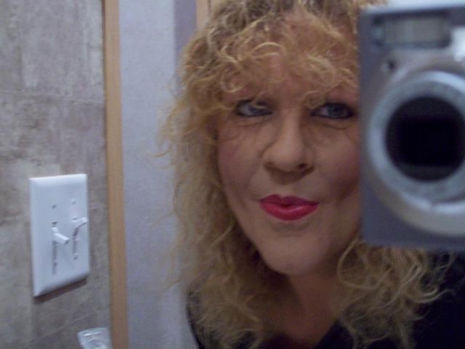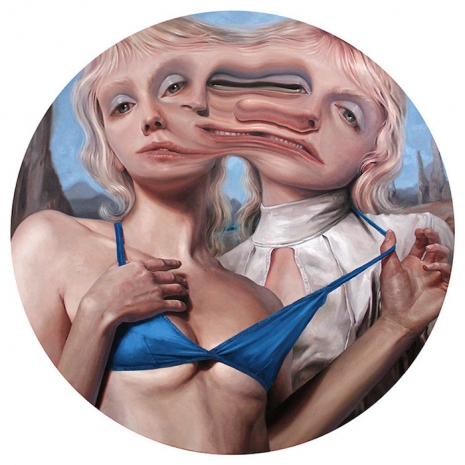
‘Transition 2.’
Horacio Quiroz’s paintings are inspired by his observations of himself and the people around him. These observations form a “a deep inspection of the feelings and emotions that make us act in certain way through our experiences with daily struggles.” We are never just one thing, our sense of self alters on response.
For Quiroz, life itself is distorted:
...[T]he human experience is trapped between emotions, we live reacting among love and fear whether we are aware of our feelings or not. Humanity is capable of the most terrible acts as well as the most loving ones. We live inside this yin and yang and somehow my work tries to reflect about the dark side of it; about the things that as humanity and individuals we deny to see.
Quiroz likes to use a quote form Carl Jung to illuminate the idea behind his paintings:
One does not become enlightened by imagining figures of light, but by making the darkness conscious.
According to Quiroz, “[W]e need to feel misanthropy to become philanthropists and vice versa – the darkness is the seed of light.”
Quiroz is a self-taught Mexican artist who came to painting after twelve years working as an art director. Working for others was fine but, gradually, Quiroz felt a need to express his own ideas, his own thoughts about existence. He says he has always been “perplexed by the human body”:
It is an amazing and beautiful machinery equipped to walk, think, pee etc… but not just that. The body for me is the container of our spiritual and temporal history. Every single cell of our body is coated with emotions, and we learn to be humans through the material nature of the body, so what I try to do with my work is to incarnate those emotions such as x-ray photographs of the feelings living within.
Quiroz’s paintings depict grotesquely distorted, often androgynous figures which are mutated by the internal turmoil of emotion and desire, stricture and conformity. He believes that we may all look different but underneath we have similar basic, animalistic, responses to life. Quiroz thinks “one of our biggest issues as the human race; learning to embrace our animal part.” He also hopes his paintings will connect with “the emotion inside” and help demystify the body and reveal the fluidity of “true human sexual nature.” See more of Quiroz’s work here or buy prints here.
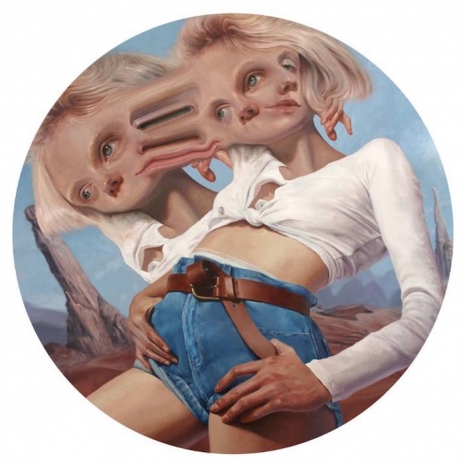 ‘Transition.’
‘Transition.’
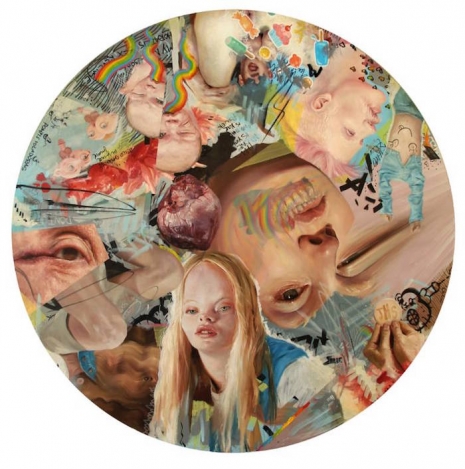
‘Horazzi’s Sex Revenge.’
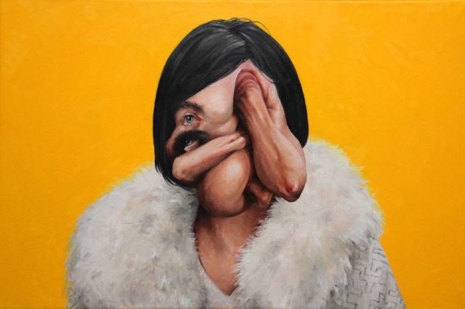
‘Girly Boy 1’
See more of Quiroz’s surreal work, after the jump…






